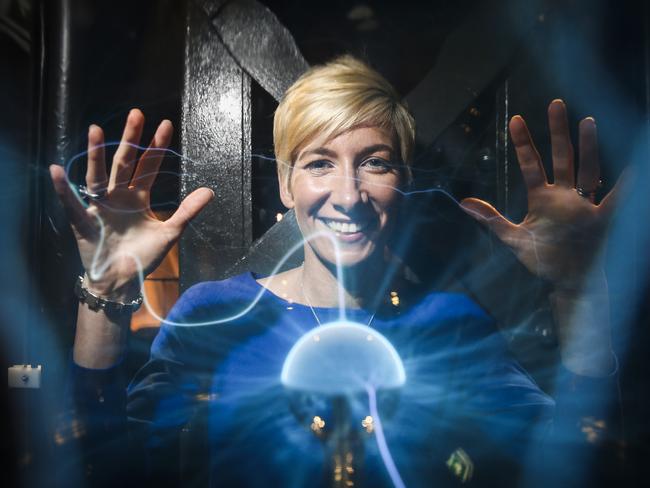Power switch can stop the winter electricity price surge
HOUSEHOLD electricity bills are set to surge over the next three months but new research has found that many consumers could save hundreds of dollars.
Costs
Don't miss out on the headlines from Costs. Followed categories will be added to My News.
HOUSEHOLD electricity bills are set to surge over the next three months to almost $560 but new research has found that many consumers could save hundreds of dollars by switching providers.
Energy comparison site Mozo examined 712 electricity plans from 27 providers and found that the annual cost difference between the cheapest and most expensive offers can be more than $1000.
Mozo director Kirsty Lamont said winter delivered a “double-whammy of bill spikes” for electricity consumers because the colder weather pushed bills 20 per cent higher than other seasons, to an average $557, and in several states tariff increases applied from July 1.
“Electricity bills have been rising year on year for a number of years now,” she said.
RELATED: How to save hundreds at the supermarket
Australian Bureau of Statistics data for March shows that electricity prices have more than doubled in the past decade, up 114 per cent, increasing more than four times faster than overall inflation, which was 27 per cent for the period.
Consumers can choose their electricity retailers in New South Wales, Victoria, Queensland, South Australia and the ACT.
The market is not deregulated in Western Australia and the Northern Territory, and Tasmania has only one household electricity retailer.

Mozo’s research found SA’s average annual bills were the nation’s highest at $2931 but Victoria and NSW had the biggest gaps between the highest and lowest offers — $1091 and $1001 respectively.
“If you have been with the same electricity provider for a while it’s highly likely that you are paying too much for your electricity,” Ms Lamont said.
“The best deals and discounts are generally reserved for new customers.”
Buyologists founder Mike Chalmers said several factors had been pushing prices higher over the past decade, including higher-cost renewable energy and soaring gas prices.
“There’s no sign right now that wholesale and retail prices look like coming down in the foreseeable future,” he said.
However, falling costs in areas such as wind power and solar battery storage would “completely change the game” eventually.
BILL BURDEN: Credit card customers risk losing thousands
Mr Chalmers said consumers could visit independent website www.energymadeeasy.gov.au for advice and to compare electricity offers.
He said it was often possible to get a better rate simply by telephoning your existing provider.
“If you push your existing supplier, they will start to offer you the same offers that they offer new customers. They don’t make them available until you threaten to leave,” he said.
“If you don’t put your hand up, you don’t get the deal.”
News: ACCC releases electricity inquiry issues paper https://t.co/qzm0jj3AUf
— ACCC (@acccgovau) May 30, 2017
The Australian Competition and Consumer Commission yesterday launched an issues paper as part of its inquiry into retail electricity supply and pricing, and has asked for submissions from interested parties by the end of June.
ACCC Chairman Rod Sims said they were seeking comment from customers and operators, and would be holding public forums around Australia in July and August.
HOW TO CUT ENERGY COSTS
•Set the thermostat at 18-21 degrees. Every degree higher increases bills by 10 per cent.
•Improve home insulation, which can lower heating costs by up to 40 per cent.
•Draught-proof your home — including using old-fashioned door snakes — to save up to 25 per cent on heating costs.
•Use “pay on time” discounts offered by energy providers to save up to 40 per cent on usage charges.
Source: Mozo


